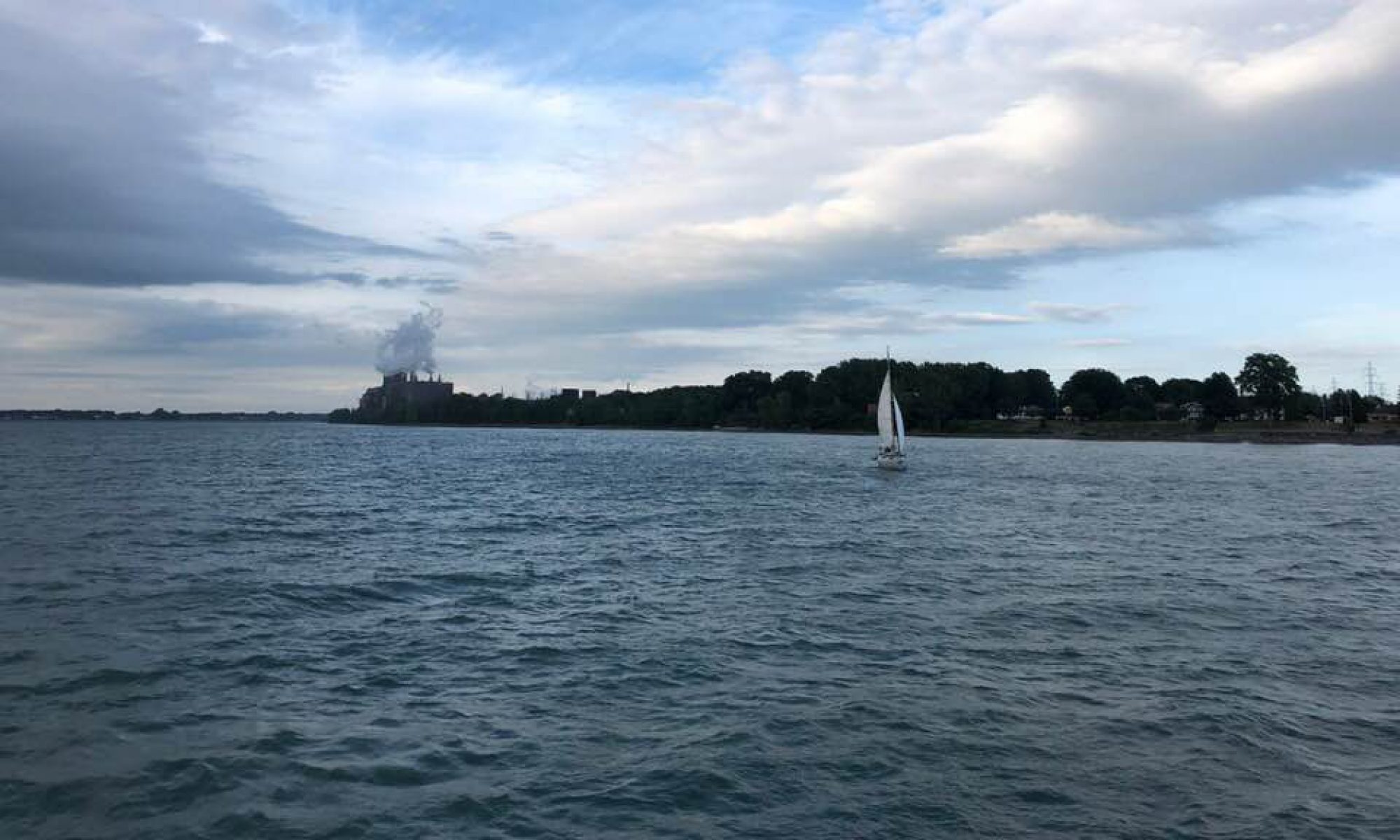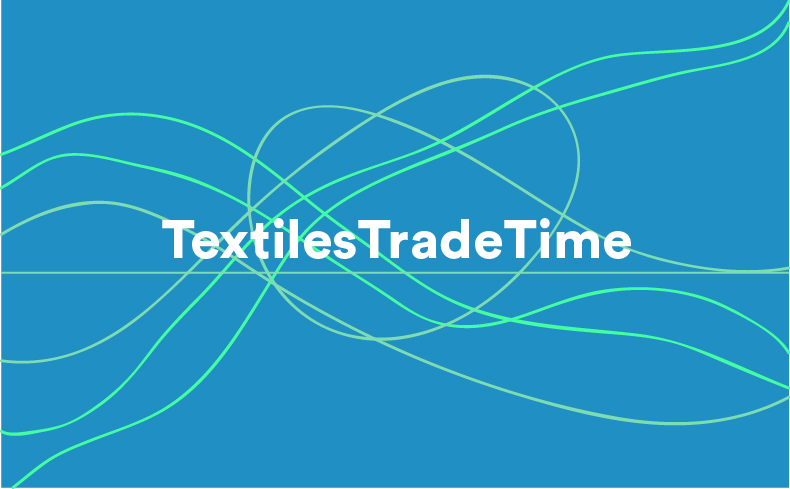
A series of fall 2019/winter 2020 events at Concordia University exploring the histories, presents and futures of textiles, with a focus on Tiohtiá:ke/Montreal as a locus of trade across cultures, nations, fibres and moments.
Daylong Symposium | Symposium: Keynote | Exhibition: Trade-In Textiles | Exhibition: Keynote | Team |
DAYLONG SYMPOSIUM – OCTOBER 19, 2019
A daylong series of artists’ and scholars’ Provocations: 10-minute lightning talks that explored the histories, presents and futures of textiles across many sites, with a focus on Tiohtiá:ke/Montreal as a locus of trade across cultures, nations, fibres and moments. Presenters considered Indigenous textile traditions; the role of textiles in colonialism; discussions of local or global labour and environmental textile implications; artistic and technological innovations in textiles; and speculative spheres.
A Provocation is a 10-minute artist’s talk, a scholarly presentation or a short performance, linked to one of four broad themes whose guiding questions might be:
Dynamics of Appropriation: How do textile practices and traditions move across territories and makers? What are the ethical considerations around cultural collaboration and reinterpretation? Can resources and profits be shared? Can textile labour practices be just? How can animal and environmental rights be integrated into our work?
Trade and Mobilities: How do textile practices and industries encourage connection via social and economic structures? Promote the movement of peoples and goods across territories? Who benefits from trade and mobility; what limitations might we redress? How can textiles help us connect with each other in this time of great human displacements and refugee migrations?
Infrastructures and Continuities: What is the value of the historic buildings, mills and equipment made redundant through post-industrialization and internationalization of production? How do we value and re-imagine the past? What about the people whose jobs and towns are forever changed? The environments that have been degraded?
Environment and Change: From ‘fast fashion’ to individual artistic practice, all work has an environmental impact: to what extent do we aim to increase sustainability in making and teaching textile practices? What do textiles have to offer discussions of climate change and extreme species extinction? What changes and innovations in textile practices might lead to a more inclusive, just and interesting future?
SYMPOSIUM: KEYNOTE – OCTOBER 18, 2019
“This conversation is an offering of words for water and weavers”
–Crystal (Mikinaak) Migwans
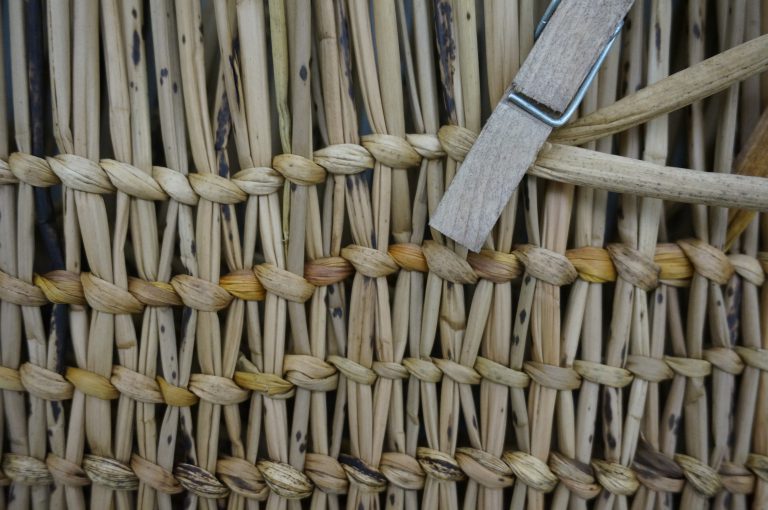
Anishinaabe mat-weaving is a practice of responsible, reciprocal connection with place. Looking to historical examples while responding to current movements in Indigenous activism, this talk considers the role of weavers in the gendered labours of governance and treaty-making, the significance of bulrushes as the first water protectors, and the terms of our relations with the non-human in the face of ongoing ecological devastation.
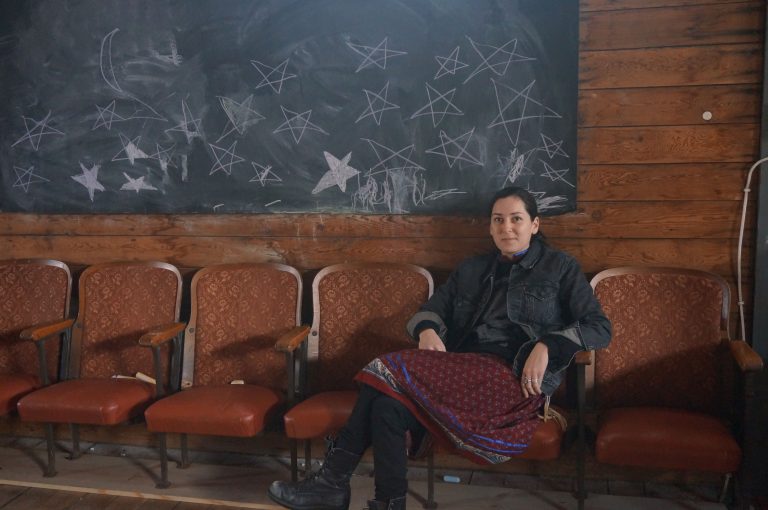
Crystal (Mikinaak) Migwans is an Anishinaabe of Wiikwemikoong Unceded Territory and a doctoral candidate in Art History at Columbia University, currently undertaking dissertation research on natural fiber weaving traditions in the Great Lakes. Migwans’ work focuses on museum objects as relatives, and the place-making labor of customary artforms.
Presented in association with CICA-Conversations in Contemporary Art.
EXHIBITION: TRADE-IN TEXTILES
Trade-In – An exhibition of exchanged and reworked small textile/material artworks, with vernissage and key-note presentation, Friday, November 29, 2019, 6:00 p.m.
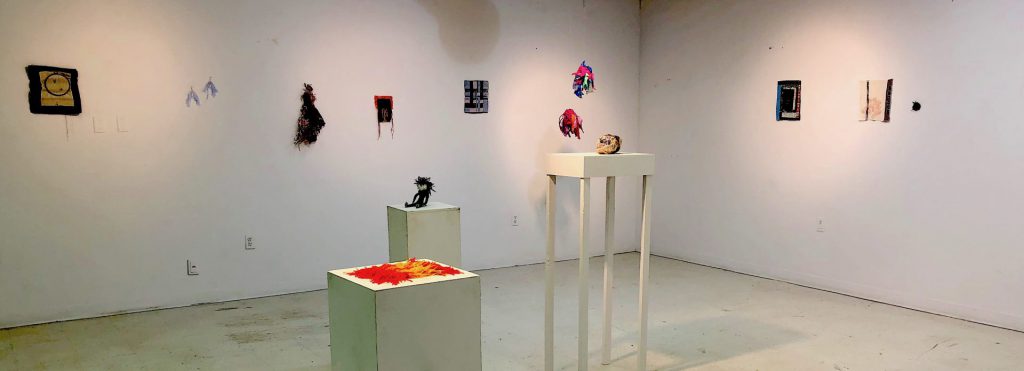
Symposium attendees and speakers were invited to contribute a small (maximum 10 inch by 10 inch) textile or material work, completed or underway, to the exchange. Works took any textile or material form; were safe for handling, reworking, and installation; and were submitted by 9:30 a.m. on Saturday, October 19, 2019. At noon on that day, submissions were randomly allocated to those symposium attendees who wished to participate, for reworking in any textile-based practice and return by Monday, November 25.
All returned ‘Trade-in Textiles’ were exhibited at Concordia’s VA Building on November 29, 2019, and celebrated at the exhibition/vernissage keynote that same evening. During January-February 2020, a second installation was curated by Rudi Aker in the 2nd and 3rd floor of the vitrines of the EV Building, with the support of Hanns Lujan. Now that the exhibitions are complete, each participant will receive a randomly allocated artwork, extending the ‘trade.’
EXHIBITION: KEYNOTE – NOVEMBER 29, 2019
Ursula Johnson
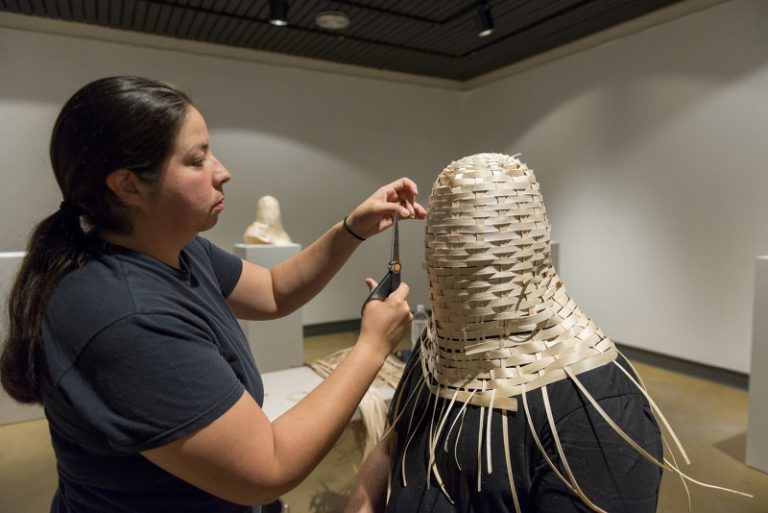
Photo by Mathieu Léger
Courtesy of Galerie d’art Louise-et-Reuben-Cohen
Ursula Johnson is an emerging performance and installation artist of Mi’kmaw First Nation ancestry. Through the medium of durational performance art she enters into laborious tasks/circumstances that create repetitive strain on her body and mind while creating tension with the viewer.
She graduated from the Nova Scotia College of Art & Design and has participated in over 30 group shows and 5 solo exhibitions. Her performances are often place-based and employ cooperative didactic intervention.
I define my practice as Interdisciplinary. In my art I combine a multitude of elements in order to encourage dialogue between the viewers and the work, frequently challenging the viewers to explore with me ideas of identity, ancestry and cultural practice.
In the topics and themes I examine through performance, sculpture and or installation and sometimes all of the above; I aim at creating a space where the viewer is confronted with thought provoking visuals, sounds and scents. Often challenging the viewer to investigate their own Identity, as well as examining the relationship that their ancestry and cultural practices relates to that of mine.
Although my methodology is quite consistent, the materials that I consider with each project are crucial in determining the message that I intend to deliver. My work often juxtaposes aspects of traditional aboriginal art forms and contemporary work.
– Ursula Johnson, Artist Statement
Presented in association with CICA-Conversations in Contemporary Art.
TEAM
TextilesTradeTime is a collaborative initiative of the Textiles and Materiality Cluster of Milieux Institute for Research in Arts, Culture and Technology, Studio Re-Imagine (of the Concordia University Research Chair in Socially Engaged Art and Public Pedagogies) and Kinawind Lab (of the Canada Research Chair in Indigenous Arts Practice), with the support of the Centre for Sensory Studies. Keynotes were presented in association with CICA-Conversations in Contemporary Art.
All took place at Concordia University, Montreal, Canada.
We would like to acknowledge that Concordia University is located on unceded Indigenous lands. The Kanien’kehá:ka Nation is recognized as the custodians of the lands and waters on which we gather today. Tiohtiá:ke/Montreal is historically known as a gathering place for many First Nations. Today, it is home to a diverse population of Indigenous and other peoples. We respect the continued connections with the past, present and future in our ongoing relationships with Indigenous and other peoples within the Montreal community.
